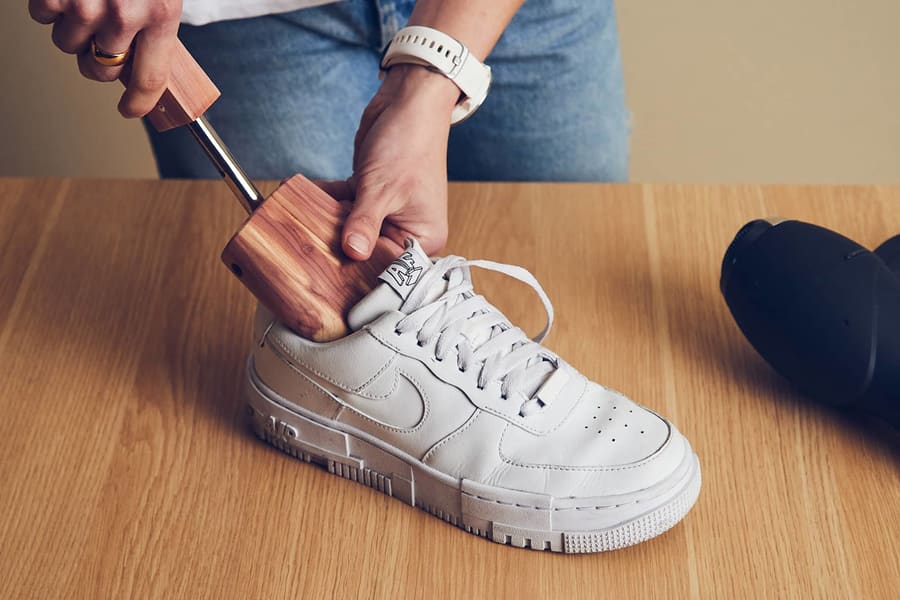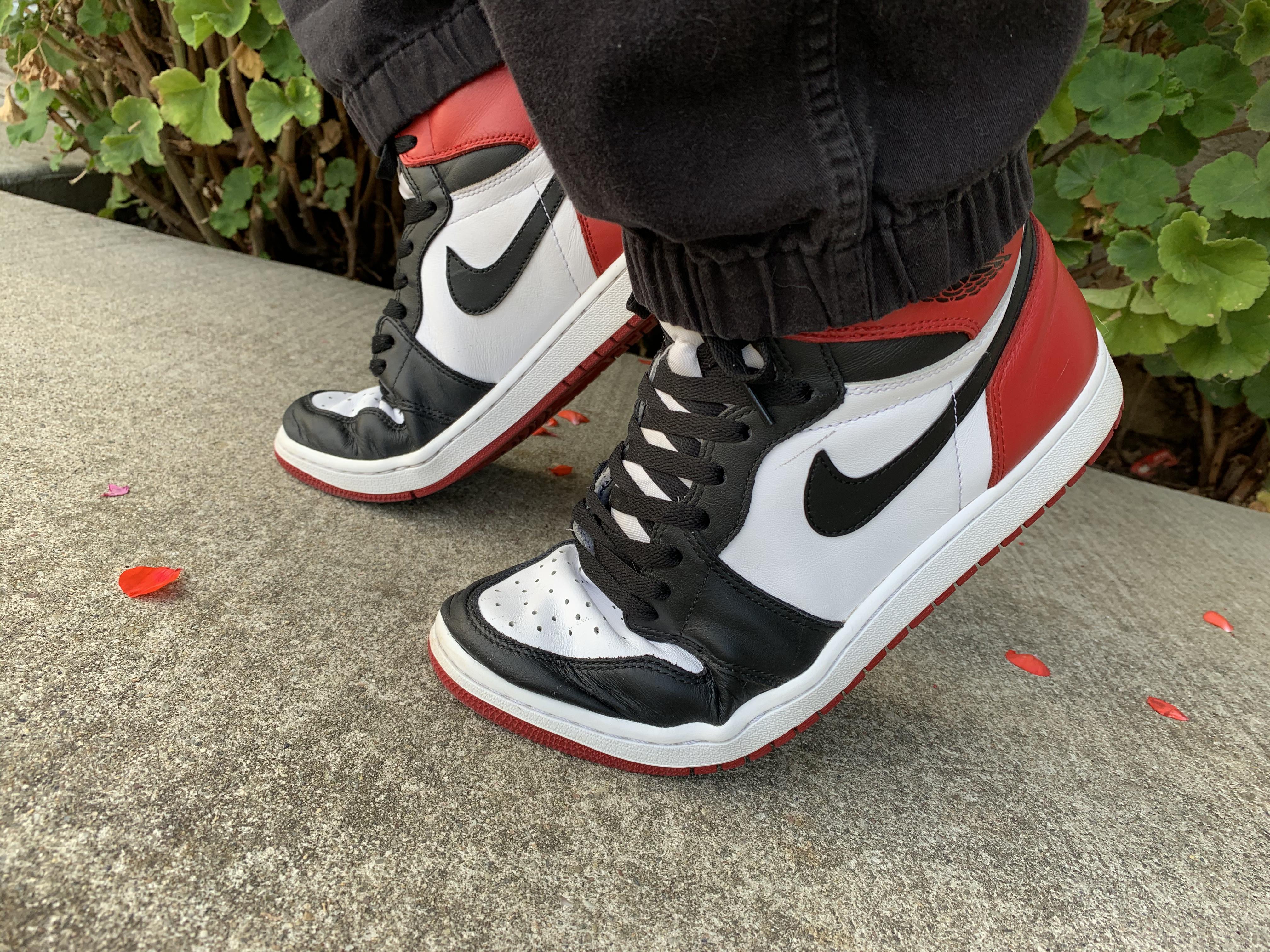Shoes are not just a necessity; they are an expression of style, comfort, and personality. Whether you’re a fashion enthusiast, a professional looking to make a statement, or just someone who wants to keep their favorite pair looking fresh, understanding how to prevent shoe creasing is essential. In this in-depth guide, we will explore practical tips, real-world experiences, and product recommendations to help you maintain the pristine appearance of your footwear.
Understanding Shoe Creasing
Before diving into solutions, it’s essential to understand what shoe creasing is and why it happens. Creasing is a natural occurrence in shoes that results from normal wear and tear, specifically from bending and flexing during walking. This bending often occurs at stress points, such as the toe box and ball of the foot, leading to unsightly wrinkles over time.
Why Do Shoes Crease?
Several factors contribute to shoe creasing:

- Material: Leather shoes are particularly prone to creasing because they are flexible and can mold to your foot shape. Synthetic materials may crease, but often less noticeable.
- Fit: Shoes that are too tight can create additional stress points, leading to increased creasing.
- Usage: Daily wear adds up. The more you wear a shoe, the more likely it is to crease.
Case Study: The Classic Leather Sneaker

Consider a classic leather sneaker, a staple in many wardrobes. A study conducted by the Footwear Science journal highlighted that over 60% of respondents experienced creasing in their leather shoes within the first month of wear. Participants noted that proper care, including conditioning and storing techniques, significantly impacted the longevity and appearance of their sneakers.
Tips to Prevent Shoes from Creasing

Now that we understand the causes, let’s explore practical strategies to stop your shoes from creasing.
1. Choose the Right Size

Ensuring that your shoes fit correctly is the first step in preventing creasing. Shoes that are too tight will flex uncomfortably, leading to unsightly wrinkles. Measure your feet regularly, as they can change over time, and always try on shoes before purchasing. Consider brands known for their size consistency.
2. Use Shoe Trees

Shoe trees are an excellent investment for anyone serious about shoe care. They help maintain the shape of your shoes when not in use. Here’s how they work:
- Materials: Wooden shoe trees, particularly those made from cedar, absorb moisture and odors.
- Shape Maintenance: They keep your shoes stretched and help smooth out any creases that may form.

3. Proper Storage Techniques
When storing your shoes, take care to place them in a dry, cool area away from direct sunlight. Avoid stacking multiple pairs on top of each other, as this can create unnecessary pressure and lead to creasing. Instead, invest in a shoe rack or use boxes to keep them organized and free from stress.

Comparison Table: Shoe Storage Options
| Storage Option | Pros | Cons |
|---|---|---|
| Shoe Rack | Easy access; promotes air circulation | Takes up floor space |
| Shoe Boxes | Protects from dust; stackable | Can be hard to see what’s inside |
| Clear Containers | Visible contents; stackable | Can be more expensive |
4. Rotate Your Shoes
Wearing the same pair every day can lead to accelerated creasing. Rotating between multiple pairs allows shoes to rest and regain their shape. It also prolongs the life of each pair and adds variety to your wardrobe. Make a habit of setting aside different shoes for each day of the week.
5. Avoid Excessive Moisture
Moisture can wreak havoc on your shoes, leading to creasing and even damaging the material. When you’re caught in the rain, dry your shoes naturally away from direct heat sources. Consider using waterproof sprays before wearing your shoes in wet conditions.
Product Highlight: Waterproofing Spray
Brands like Crep Protect and Jason Markk offer excellent waterproofing sprays to help protect your shoes from moisture damage. These sprays are easy to apply and can provide a protective barrier against water and stains.
Real-World Footwear Experience
Consider Jane, a marketing professional who loves her collection of high-end sneakers. She has struggled with creasing for years, especially in her favorite leather pairs. After implementing a rotating schedule and investing in cedar shoe trees, Jane noticed a significant decrease in creasing. She also learned to take proper care of her shoes by avoiding excessive moisture and using quality cleaning products.
Maintaining Your Shoes
Maintenance is key to preventing creasing. Here are additional tips to keep your shoes looking their best:
1. Clean Regularly
Regular cleaning can help maintain the materials and prevent buildup that can cause creasing. Use a soft brush and appropriate cleaner for your shoe type. For leather, a gentle cream cleaner can restore its shine and flexibility.
2. Condition Leather Shoes
Conditioning leather shoes regularly helps keep the material supple and less prone to creasing. Look for leather conditioners that penetrate deep into the material and apply them according to the manufacturer’s instructions.
3. Use Insoles
Investing in high-quality insoles can also make a difference. Not only do they provide extra comfort, but they can also help maintain the shape of the shoe by reducing the flex during wear.
4. Avoid Long Exposures to Sunlight
Long-term exposure to sunlight can dry out materials and lead to creasing. Always store your shoes in a cool, dry place and consider using dust bags for extra protection.
Pros and Cons of Different Shoe Types Regarding Creasing
Here’s a quick overview of how various shoe types fare when it comes to creasing.
| Shoe Type | Pros | Cons |
|---|---|---|
| Leather Sneakers | Stylish; breathable | Prone to creasing |
| Canvas Shoes | Flexible; lightweight | Can wear out quickly; creased easily |
| Running Shoes | Supportive; designed for motion | Can crease at stress points with heavy use |
Frequently Asked Questions (FAQs)
1. How can I fix creased shoes?
Use shoe trees to help shape the shoe, or apply steam carefully, making sure not to damage the material. For leather shoes, conditioning can also help smooth out creases.
2. What materials crease the least?
Synthetic materials often crease less than leather due to their stiffness. However, they may lack breathability.
3. How often should I use shoe trees?
Always use shoe trees after each wear to help maintain the shoe’s shape. If you rotate your shoes frequently, consider using them on each pair you wear.
4. Can I prevent creasing in my high heels?
Yes, you can prevent creasing in high heels by using shoe trees, ensuring proper fit, and storing them correctly, avoiding high-pressure areas.
5. Is it better to store shoes in their boxes?
Storing shoes in their boxes can protect them from dust and deformation, but ensure they are breathable to avoid moisture buildup.
6. Can I use household items to reduce creasing?
Yes, stuffing shoes with crumpled newspaper or socks can help maintain their shape. Be careful with the material you use to avoid damaging the interior.
7. Are there any special cleaning products for creased shoes?
Cleaning products specifically designed for leather or canvas can help restore the material and reduce the appearance of creases. Make sure to follow the instructions on the label.
8. How do professional cobblers fix creased shoes?
Professional cobblers can apply various treatments like stretching, conditioning, or even replacing the upper materials to minimize creasing.
9. Do shoe protectors work?
Shoe protectors can help repel water and stains but will not completely prevent creasing. They are a good preventive measure but should be combined with other methods.
10. Can I avoid creasing altogether?
While it is impossible to completely avoid creasing, implementing best practices like proper sizing, regular maintenance, and suitable storage can significantly reduce it.
11. Is investment in high-quality shoes worth it?
High-quality shoes often have better materials and craftsmanship, leading to less creasing and longer durability. Long-term investment in good footwear can save you money over time.
Conclusion
Preventing shoe creasing doesn’t have to be a daunting task. By understanding the causes, implementing best practices, and investing in quality care products, you can keep your footwear looking fresh and stylish for years to come. Remember, shoes are an investment in your personal style, and with the right care, they can last longer and keep you looking fabulous!
For more information about shoe care and maintenance, visit Footwear Science and Shoe Business for the latest insights and professional recommendations.